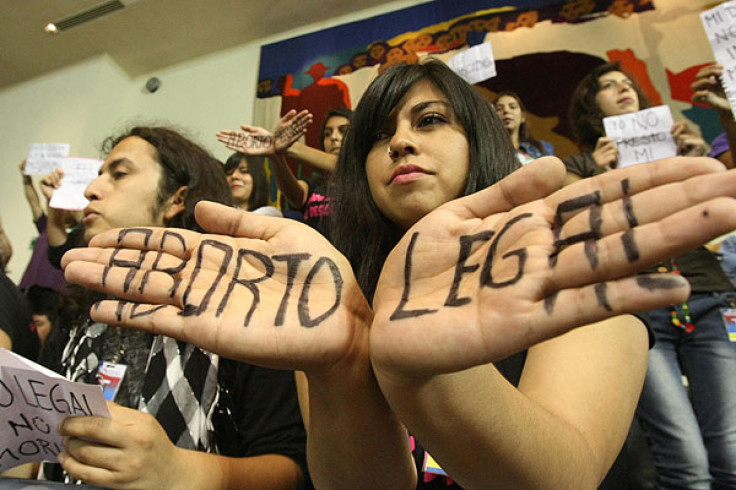Complications From Irregular Abortions Cost Colombia $14 Million A Year

Seven years ago, Colombia legalized abortion in three cases: if the mother’s health is at risk, if the fetus’ health is at risk, or if the pregnancy is the result of sexual violence. Nevertheless, last year more than 100,000 Colombian women were hospitalized for complications from non-regulated abortions.
According to U.S. watchdog Guttmacher Institute, which monitors sexual health and reproductive rights around the world, public health centers in the South American country perform an average of 12 legal abortions a year. A legal abortion in a public institution costs the state between $189 and $213 – which are high prices for Colombia, where minimum monthly wage is set at $312.
Guttmacher reports that the reason for the high cost is that Colombian clinics still use curettage, an outdated and invasive procedure that cleans out the woman’s uterus, in 80 percent of cases. The method requires an overnight stay and anesthesia, which adds up quickly to the bill.
“Costs for the procedure in public health institutions end up being four and five times more than specialized institutions that use more modern, World Health Organization-recommended methods,” said Guttmacher’s investigator Elena Prada. The WHO recommends safer, quicker methods like misoprostol, an "abortion pill" that can be given to the patient in her home.
Despite the existence of private institutions that perform abortions in a safer way, many women cannot afford the cost. Even though Colombian law stipulates that abortions should be available in all public hospitals, many women encounter doctors who do not want to perform them or deem them unnecessary, found the report. “Many institutions ask for unnecessary paperwork or special permits from a judge – some flat out refuse to give the service,” read the study.
That makes many women delay the procedure until later in their gestation, when they can finally meet the requirements, or worse, turn to illegal practices. This almost always leads to problems – and when a woman turns up to a hospital with complications from an abortion, she is admitted immediately because of the urgency of the condition.
The treatment costs the state $141, which the report points out is higher than in most of Latin America. In 2012, around 102,000 women were hospitalized for complications from abortions – which makes up for substantive amount of money.
“The solution? To make legal, safe abortion available in all public hospitals, and ensure that it is provided as such,” said Prada.
© Copyright IBTimes 2024. All rights reserved.











